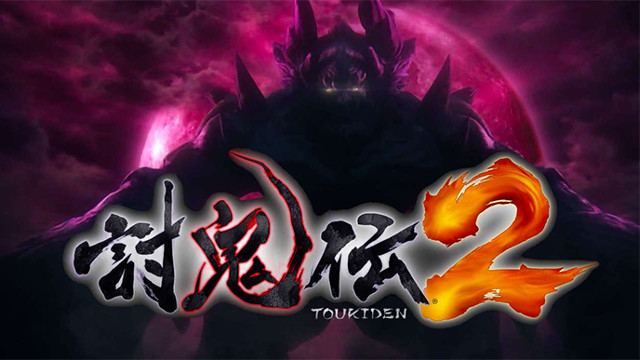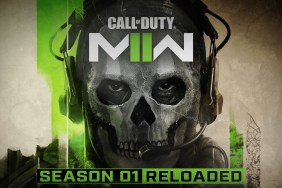On paper there isn’t a whole lot thoroughly unique about Toukiden 2. It’s an action RPG with pre-20th century Japanese stylings, focused on demon hunting, crafting, item and gear collecting, and exploring. Despite this, it also has a lot going for it; it’s the third game in the Toukiden series, with the opportunity to refine a formula that has proven popular. It has an intriguing…
-
Focus on story is an appreciated pleasant surprise
-
Lovely character art and music bring the world to life
-
Demon Hand mechanic is a solid addition
-
Sheer weapon variety can be a bit much
-
Open-world design choice is take or leave
-
Graphics, though not without their moments, are unimpressive
-
Animations outside of combat leave much to be desired











